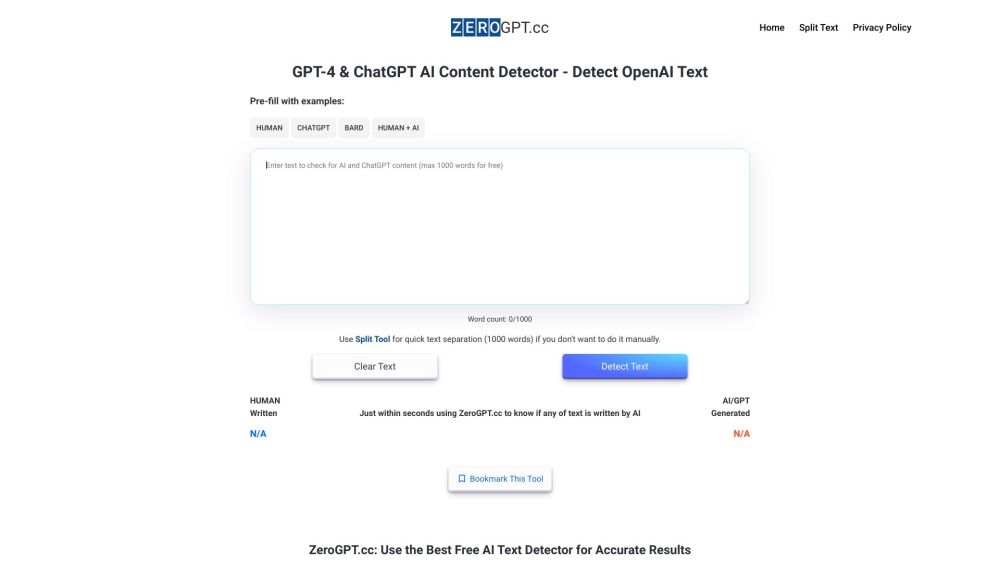Scientists are exploring innovative solutions for storing captured CO2 emissions underground, yet locating suitable storage sites remains a challenge. The Earth's seismic "hum" complicates the identification of low-frequency waves essential for mapping subterranean structures. However, researchers at MIT are leveraging artificial intelligence (AI) to overcome this obstacle.
Their newly developed machine learning system utilizes data from earthquakes to estimate low-frequency waves, enhancing underground mapping accuracy. The breakthrough lies in training a convolutional neural network to identify "hidden correlations" within high-frequency data from simulated earthquakes. This AI system learns to detect patterns that can infer the elusive low frequencies, resulting in a powerful algorithm capable of improving subsurface mapping.
Although the technology shows promise, it is not yet ready for real-world application. The AI's effectiveness hinges on the quality of its training data, and it may struggle with earthquakes that deviate significantly from the norm. A practical implementation would require a comprehensive understanding of various seismic events and underground materials, necessitating testing beyond laboratory settings.
Despite these hurdles, this technology holds significant potential. It could aid in identifying new CO2 storage sites, harness geothermal energy resources, and help countries transition away from emissions-heavy electricity. Moreover, enhanced underground mapping could deepen our understanding of Earth’s geological phenomena, revealing insights into previously unexplained mysteries.





